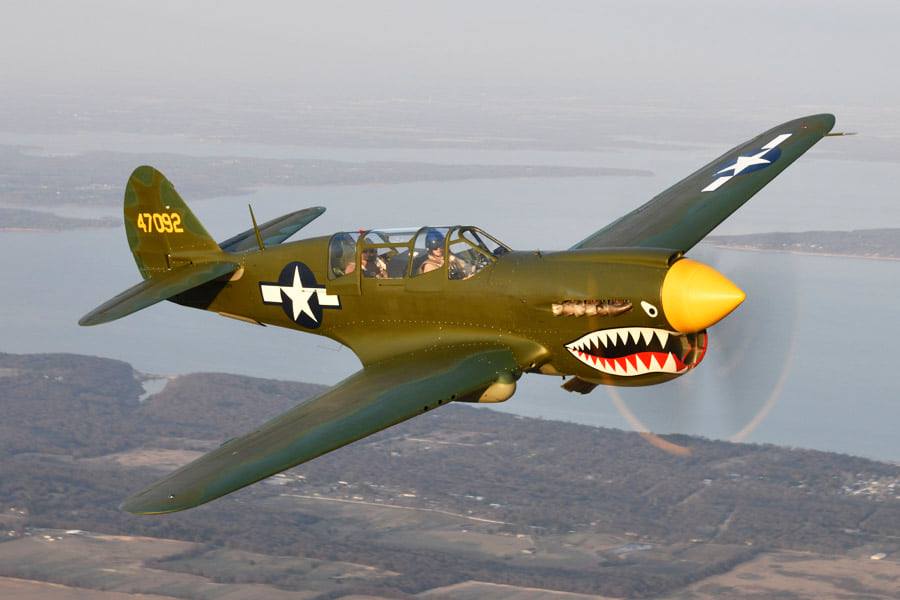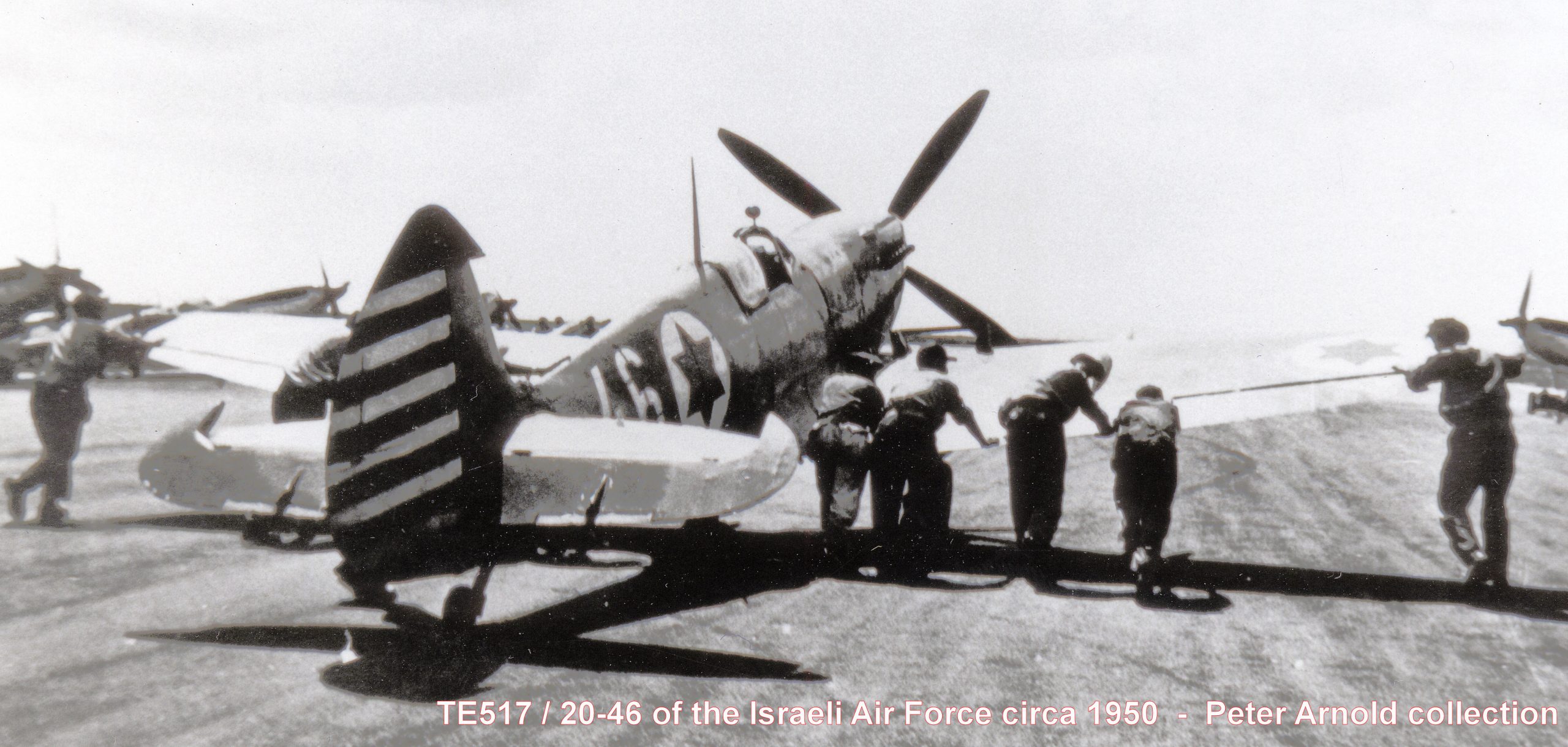Press Release 22nd September 2021
FlyaSpitfire.com selects ClimateCare to offset its carbon emissions through projects that cut carbon and improve lives
As part of FlyaSpitfire.com’s approach to take responsibility for its impact on the environment, they have partnered with climate and sustainable development experts ClimateCare to offset carbon emissions associated with Spitfire passenger flights operating from London Biggin Hill Airport.
Spitfire emissions will be offset through projects including two world-leading clean cooking projects in Bangladesh and Ghana. These clean cooking projects not only cut carbon emissions, helping tackle climate change, they improve lives by halving fuel bills for families and reducing exposure to toxic fumes. By cutting fuel requirements, the projects also reduce deforestation, protecting precious habitat.
“Maintaining these historic aircraft in airworthy condition is extremely important to us, but flying them also has a climate impact, which we need to take responsibility for. FlyaSpitfire.com has therefore committed to compensate for the CO2 emissions produced by flying Spitfires for every flight going forward. In addition, we have offset the CO2 emissions for every one of our Spitfire flights since 2014, when passenger flights in Spitfires were first authorised in the UK.
The emissions from these flights are offset through ClimateCare, who specialise in projects that not only tackle climate change but improve life for people around the world.
We are delighted to work with experts in this sector, ClimateCare. They have over 20 years’ experience running some of the most innovative and largest voluntary carbon offsetting programmes in the world. Working with them has allowed us to take full responsibility for our carbon footprint and integrate action to tackle climate change and improve people’s lives.”
Darren Dray – General Manager, FlyaSpitfire.com
ClimateCare’s Head of Client Services, Aude Duquesne, explains:
“We work with forward-thinking organisations to turn their climate responsibilities into positive outcomes. Our trademark Climate+Care approach helps organisations take a smart approach to addressing their environmental impacts by offsetting their carbon emissions through projects which also support sustainable development”.
Notes
FlyaSpitfire.com operate the world’s largest fleet of airworthy Spitfire aircraft. Operating from the historic Biggin Hill fighter station in Kent, they provide members of the public the opportunity to fly in a Spitfire. They also restore and maintain historic warbirds to airworthy condition.
ClimateCare is dedicated to tackling climate change and improving lives. It aims to make our world a climate-neutral one – where everyone takes full responsibility for their carbon footprint.
ClimateCare helps organisations take responsibility for their climate impact by financing, developing and managing carbon reduction projects across the world. Based in Oxford and Nairobi, ClimateCare helped create the voluntary carbon market and pioneered carbon finance for community development projects. Some of the largest carbon offsetting programmes in the world are delivered by ClimateCare.
Leading organisations and governments trust ClimateCare to solve complex climate and sustainability issues. With ClimateCare by their side, they can be confident on their journey to Net Zero.
As an award-winning profit with purpose Certified B Corporation, ClimateCare is recognised as setting the highest standards. Values and integrity are at the heart of all it does – just as they have been since it was founded in 1997. These values are underpinned by strong environmental credentials, a commercial focus on risk management and a proud record of delivering outstanding results for clients.
Find out more at www.climatecare.org

















